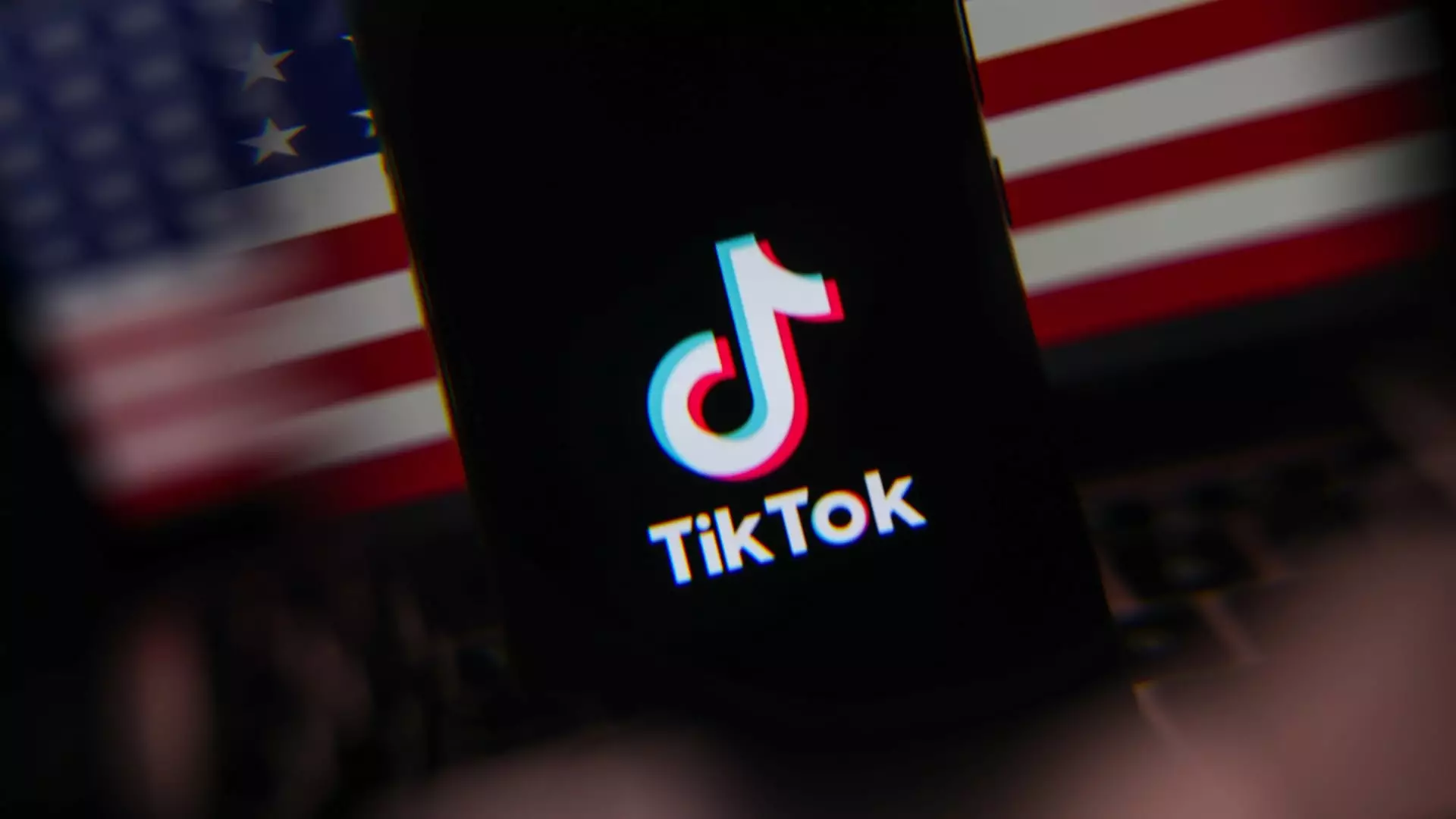In January 2023, TikTok’s presence in the United States faced a significant challenge when the app was stripped from both the Apple App Store and Google Play.Store. This move was executed in direct response to the looming national security concerns tied to its parent company, ByteDance, which is headquartered in China. The developments unfolded rapidly: TikTok leadership had halted its services mere moments before the ban was formalized, anticipating legal repercussions from the Protecting Americans from Foreign Adversary Controlled Applications Act that had been signed into law by former President Joe Biden in April 2022. The law mandated that ByteDance must divest its U.S. operations by January 19, 2023, or face total prohibition.
The core of the dilemma primarily rests on contrasting perspectives regarding user privacy and national security. Notably, TikTok has consistently claimed that the allegations directed toward it violate the First Amendment rights of its approximately 170 million American users. The U.S. government, represented by the Biden administration, underscores that ByteDance’s Chinese ownership poses substantial risks, citing fears that data collected through TikTok could be weaponized against American citizens.
The legal tussle intensified as the Supreme Court ruled in favor of the government, asserting that Congress had strong reasoning to demand divestiture to mitigate national security risks posed by TikTok’s data practices. This ruling sparked fierce resistance from TikTok, prompting the company’s leadership to threaten a complete shutdown of U.S. operations unless a resolution was achieved.
In a surprising twist, the matter garnered significant media attention when former President Donald Trump intervened, suggesting a potential compromise. In his first executive order after taking office, Trump proposed extending the deadline for compliance by an additional 75 days, allowing TikTok a chance to negotiate its future within the U.S. market. He even floated the idea of the United States acquiring a substantial stake in TikTok to assuage apprehensions about foreign ownership. This unexpected delay led to the app being reinstated in the marketplace, rekindling access for users who rely heavily on the platform.
Despite being removed for almost a month, studies indicated that TikTok swiftly regained approximately 90% of its previous user traffic shortly after resurfacing in the app stores. The data from Cloudflare Radar suggests a persistent demand for the platform, underscoring the resilience of its user base amid ongoing turbulence. This not only reflects the app’s popularity but also hints at the complexities entangled in balancing user engagement with overarching governance concerns.
As TikTok regains footholds in the app marketplace, the path forward remains uncertain. The ongoing legal battles surrounding data privacy and national security will likely shape the future of TikTok within the U.S. For users, the platform represents a primary socializing avenue, while officials continue to deliberate on safeguarding national interests. Navigating this intricate landscape stands as a crucial challenge both for regulators and for the millions of users who enjoy the app, highlighting the delicate intersection of technology, governance, and individual rights in the digital age.


Leave a Reply